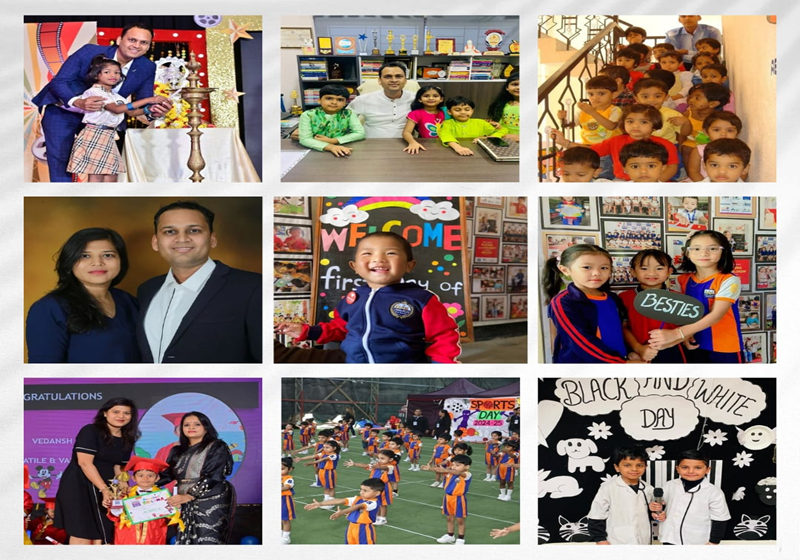Financial literacy is the ability to understand and effectively manage money-related concepts such as budgeting, saving, investing, and debt management. In an increasingly complex financial world, where credit cards, loans, and digital investments dominate daily life, being financially literate is no longer optional—it’s essential. As of March 16, 2025, the need for financial literacy continues to grow, driven by evolving economic landscapes and the accessibility of financial tools.
Why Financial Literacy Matters
Financial literacy empowers individuals to make informed decisions that shape their financial future. Without it, people risk falling into debt traps, failing to save for emergencies, or missing out on opportunities to grow their wealth. For instance, understanding the difference between good debt (like a mortgage that builds equity) and bad debt (like high-interest credit card balances) can prevent costly mistakes. It also equips people to prepare for unexpected events—something critical when surveys show many struggle to cover even a $1,000 emergency expense.
Beyond personal benefits, financial literacy supports broader economic stability. When individuals manage their finances well, they contribute to a healthier economy by reducing reliance on social safety nets and fostering sustainable growth through informed investing.
Core Components of Financial Literacy
Budgeting: Knowing how to track income and expenses ensures you live within your means. A simple budget can reveal where money is wasted and redirect it toward savings or investments.
Saving: Setting aside money for future needs—whether for emergencies or long-term goals like retirement—builds a safety net. The power of compound interest makes early saving especially impactful.
Investing: Putting money into assets like stocks, bonds, or real estate can grow wealth over time. Financial literacy helps demystify risk and reward, encouraging smarter choices.
Debt Management: Understanding interest rates and repayment strategies prevents debt from spiralling out of control. It’s about borrowing wisely, not avoiding it entirely.
Risk Protection: Grasping the role of insurance—whether for health, property, or life—safeguards against financial ruin.
The Current State of Financial Literacy
Despite its importance, financial literacy remains low globally. Studies consistently show that many adults struggle with basic concepts like inflation, interest rates, and risk diversification. This gap is particularly pronounced among younger generations and vulnerable groups, who face critical financial decisions—like funding education or entering the workforce—without adequate knowledge. In the U.S., for example, efforts to mandate financial education in schools are growing, with over half of states now requiring it for high school graduation as of 2024. Yet, progress is uneven, and adults often lack ongoing education to keep pace with changing financial realities.
How to Improve Your Financial Literacy
The good news? Financial literacy is a skill anyone can develop. Start by tapping into free resources: online courses, podcasts, or government-sponsored programs like the U.S. Financial Literacy and Education Commission. Reading books or articles on personal finance can also build a strong foundation. For hands-on learning, create a budget or experiment with small investments while tracking results. Seeking advice from a financial professional can personalize the journey, especially for complex goals like retirement planning.
A Lifelong Journey
Financial literacy isn’t a one-time lesson—it’s a lifelong process. As financial products evolve (think cryptocurrency or fintech apps), staying informed keeps you ahead. Starting early—whether as a teen learning budgeting or an adult refining investment strategies—yields the best results, but it’s never too late to begin. Ultimately, financial literacy isn’t just about money; it’s about gaining the confidence and control to shape your future. ✍????????????
Ajay Pratap Singh
Sr.Editor
Mppc1992@gmail.com










